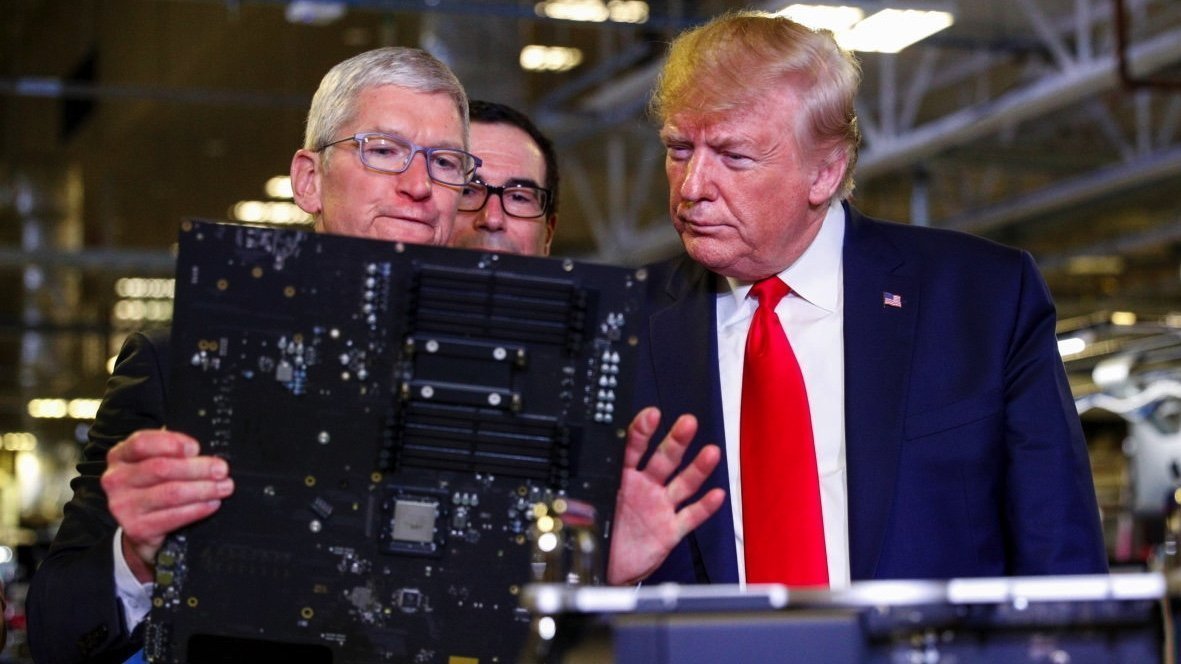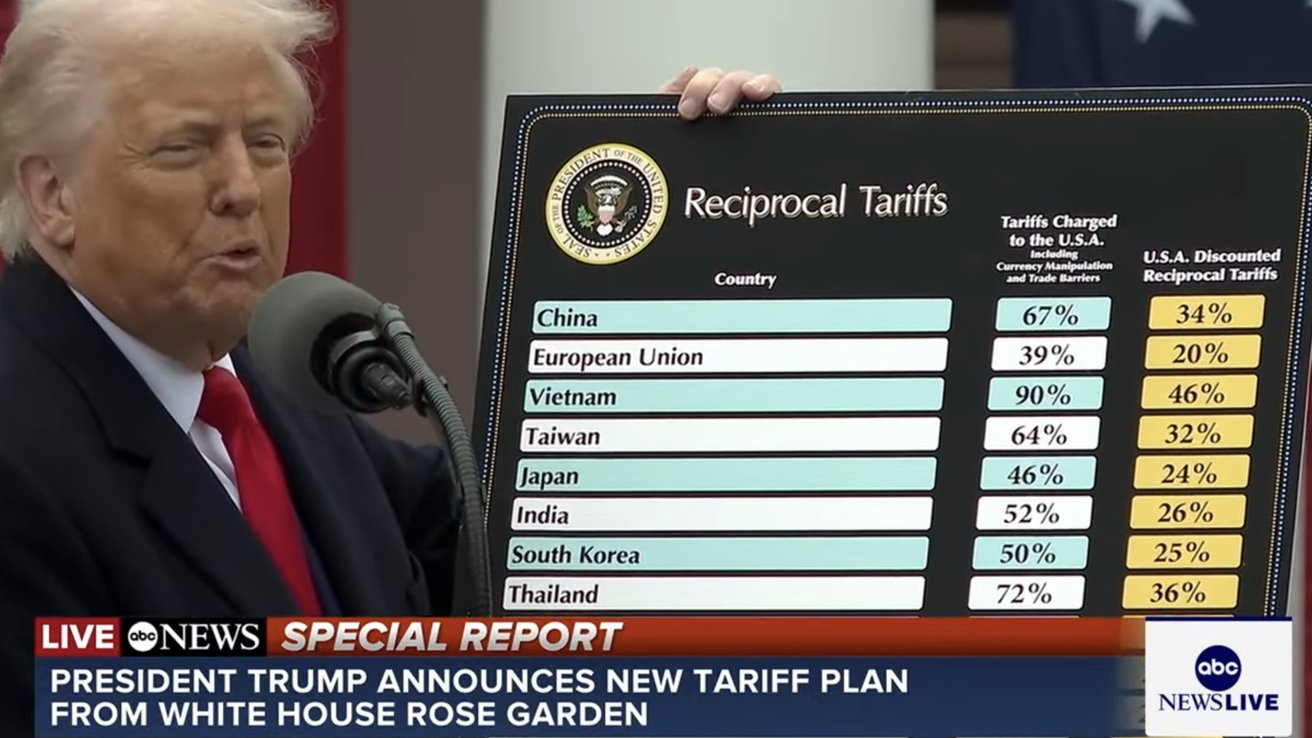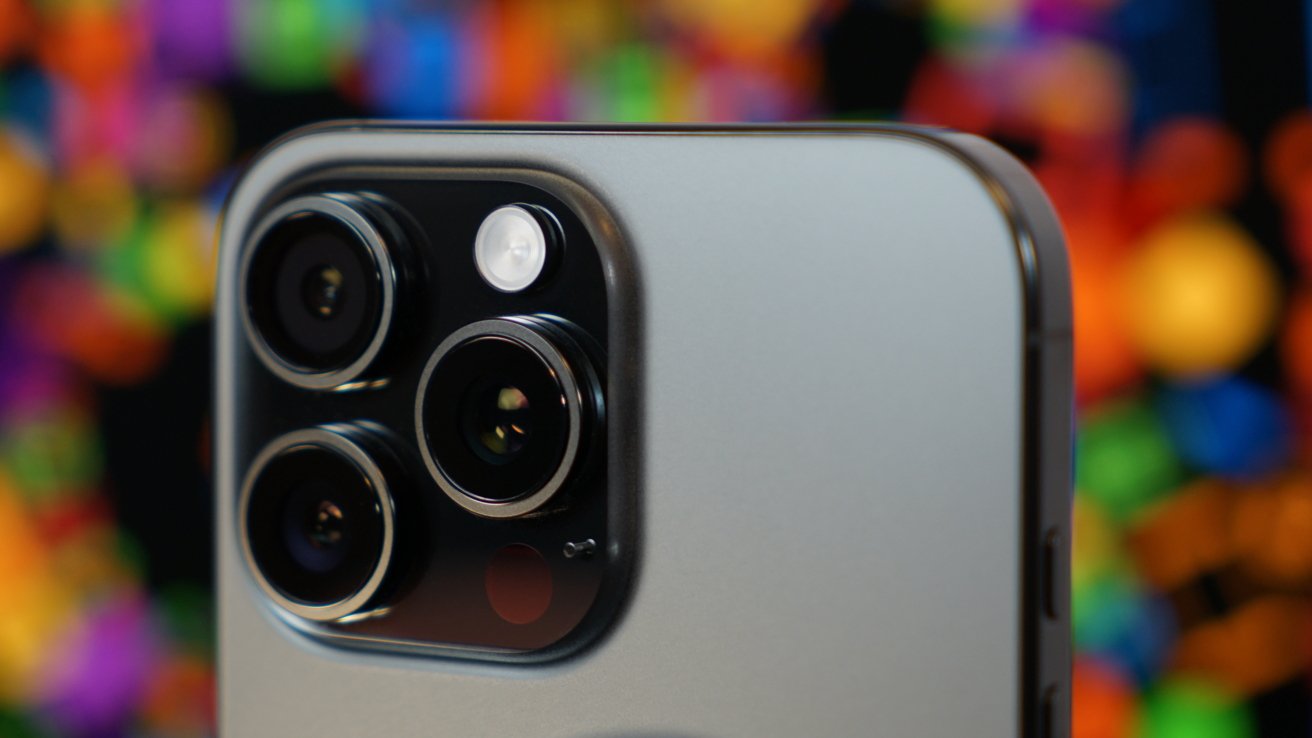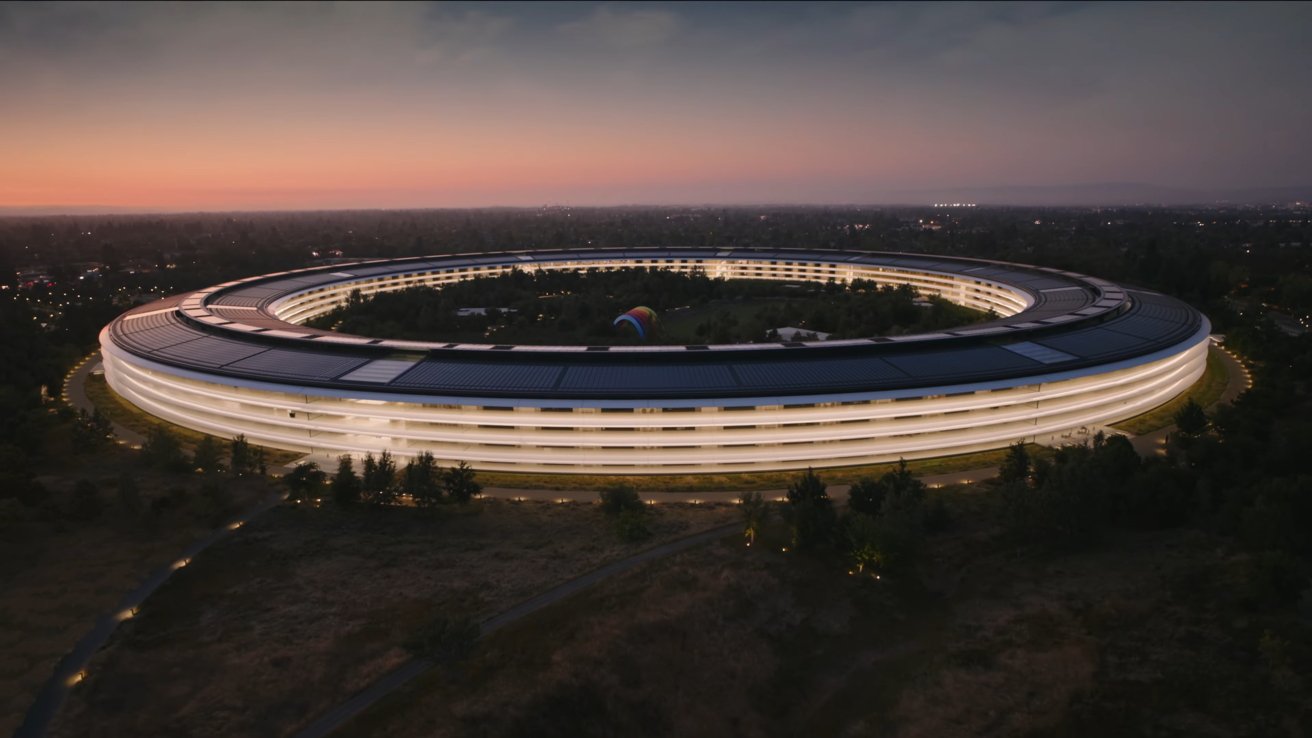Trump's 'Liberation Day' tariffs hit every one of Apple's international manufacturing part...
Donald Trump's so-called "Liberation Day" has become a potentially expensive event for Apple, as tariffs are applied against imports from every foreign country in the Apple supply chain.

Tim Cook [left] with President Donald Trump at a Mac Pro facility during Trump's first presidency
President Donald Trump said that tariffs would be a major part of his administration long before his reelection. On Wednesday, his campaign promise became a reality.
As part of what Trump refers to as "Liberation Day," the U.S. is applying "reciprocal" tariffs on imports from around the world. The levies, which will come into force immediately and will impact practically all imported goods entering the United States.
The value of the tariff rate varies depending on the country, but for the majority, the rate was expected to be an average of 20%. Trump had previously promised to levy reciprocal tariffs against countries that applied their own tariffs on U.S. goods.
The reality, it seems, that tariffs will range from 10% to 49%. Trump says these numbers were derived by cutting the existing tariffs on the United States from those countries and applying them back at half.
However, it seems these numbers were actually derived by taking the trade deficit of a specific country then dividing it by imports to arrive at a percentage Trump calls "tariffs on America." He took this derived number and halved it to come up with the US "reciprocal" tariffs.
The large-scale application of tariffs is of historic proportions, all in a bid by Trump to allegedly protect and revive U.S. industry. Though Trump wanted the tariffs from the first day and has taken time to implement them, they're here and consumers and businesses have to deal with them.
Trump's "Make America Wealthy Again" Rose Garden event will have a considerable financial impact on almost everyone in the United States.
A probable consumer loss
While the aim of the tariffs is to bring manufacturing back to the United States, the method of using tariffs is one that will have some short-term consequences.

President Trump holds up a chart with proposed tariffs. Image source: ABC
For a start, the tariffs are fees typically paid by the companies importing goods. As with many other cost changes in business, this tends to be passed down to the consumer in the form of price rises.
Ultimately, tariffs hurt both consumers and businesses.
The intention of the tariffs is to make it too expensive for businesses to produce products abroad and then import them into the United States. Trump's answer to that is for businesses to produce more of its goods within the United States in the first place.
However, that can only really work if all of the product's components are made within the United States. Imported components are also subject to tariffs, so even products made in the U.S. will still be affected if their parts are made elsewhere.
A big Apple problem
As a major U.S. company with a sprawling supply chain, the tariffs immediately become a problem for Apple. The vast majority of its products are made overseas and then imported into the United States.

Expect iPhone prices to go up proportional to implemented tariffs
In the case of iPhones, it has facilities in China and India making the smartphones, which are then imported to the United States and sold to consumers. Every iPhone would therefore be afflicted by the tariffs, raising the cost to consumers.
While Apple could potentially bring iPhone production to the United States, it's not something that is immediate or makes much financial sense at the moment. Establishing a new production line in the United States is a very costly procedure, and that's before you consider the sheer number of components made in different areas of the world.
It's still going to get its newest A-series and M-series chips from TSMC's Taiwan facility, because the U.S. counterparts aren't able to work to that level, and won't for years.
Local U.S. production would also mean much higher employment costs versus other economies, with U.S. employees expected to be paid a lot more than their Chinese counterparts.
Apple has spent some time shifting its production outside of China and into India, in part to mitigate global events such as tariffs, but that only goes partway to fixing the problem.
The effort also took years to develop, due to the sheer size of the project. It's not something Apple can immediately fix in the short to near term.
Based on Apple's typical timescales for supply chain change, increased production in the United States could eventually happen. Though probably far beyond the end of the Trump Administration.

Moving manufacturing to the United States isn't a simple feat. Image source: Apple
CEO Tim Cook has previously managed to work with Trump to minimize the effects of tariffs against Apple in the past, partly due to his working relationship with the President in the first term.
Cook has tried to rekindle the relationship to aid the company once again since the inauguration. But it remains to be seen whether Apple will dodge the financial bullet again.
In the meantime, consumers will have to brace themselves for higher prices of goods across many industries, including Apple's product range.
Apple's premium pricing will likely get even more premium.
Read on AppleInsider

Comments
Then again, the Great Derision was worldwide, and the halting of free trade gave way to a ton of disaffected people with no jobs and no hope. Including a Germany that was already struggling under WWI reparations.
And which gave rise to the Nazi party, Nazi Germany, and all of the rest.
Hmm. Maybe he did study the history of the Smoot-Hawley Tariff Act after all.
But regardless of that, those tariffs were met with reciprocal tariffs from around the world. Sound familiar?
The bottom line? Everyone got poorer.
Not wealthier.
There is no way to move production now = the next 5 years everything will be +30% or margins will take a hit.
Will production move to the U.S.? Not likely as U.S. workers are expensive.
It seems the choice stands between expensive and expensive.
Yes, but Trump was going to do his best to make people in blue states suffer anyway. Now he's hurting his own voters. That's a nice surprise.
https://eos.org/research-and-developments/1900-scientists-warn-of-real-danger-in-open-letter
The Trump administration is doing serious damage to science and research in the US. You know that thing that helped push the US to lead the Free World, that gave the US the highest standard of living. That thing that allowed US to lead in things like technology and such.
If the 20th century was The American Century, Trump is making sure the 21st will belong to someone else.
^^That, my dear Apple Friends… the real play here.